- Home
- slideshows
- miscellaneous
- 7 places that are sinking faster than anywhere else in the US
7 places that are sinking faster than anywhere else in the US
New Orleans, Louisiana is sinking at a rate of 2 inches per year.

Houston, Texas is sinking at the same rate.
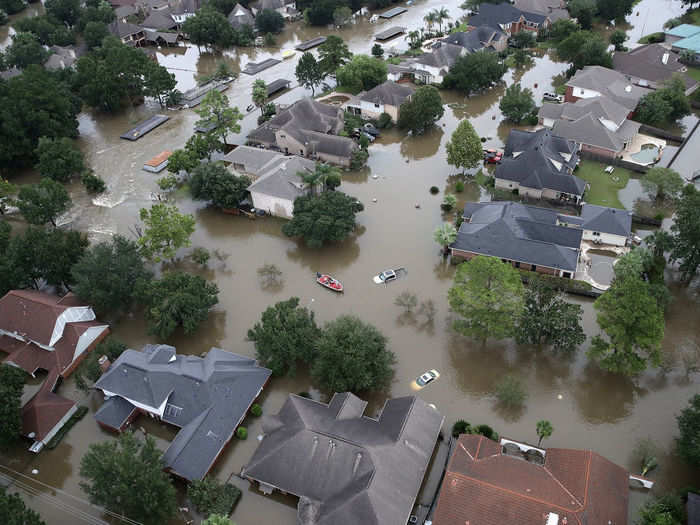
Data from the US Geological Survey shows that parts of Houston have sunk around 10 to 12 feet since the 1920s. Today, the city's northwestern areas are sinking by as much as 2 inches per year.
Like in New Orleans, the main culprit in Houston is excessive groundwater pumping. Houston relies heavily on aquifers (bodies of porous rock that act as a natural filtration system) to produce water for homes, industries, and farms. Over-pumping can deplete these aquifers, causing the land to compress and sink.
But many homeowners aren't yet willing to stop pumping from private wells.
"Telling homeowners they can't take free water from a well on their property is like telling Texans they can't drive a truck," hydrogeologist Mark Kasmarek told the Houston Chronicle. "Many people close their eyes to it and don't believe in [subsidence]."
Subsidence is even worse in the Central Valley, where certain areas have sunk at a rate of 2 inches per month.
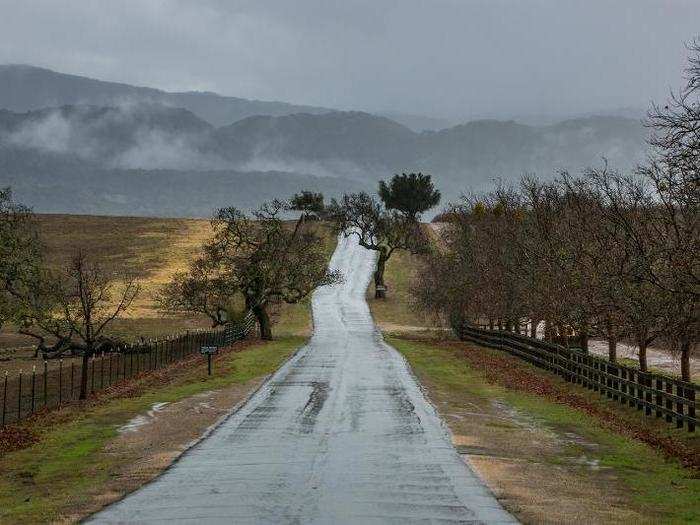
California's Central Valley has one of the worst subsidence crises in the country. From 2011 to 2015, the state was the driest it's ever been on record, which caused its land to become painfully starved for groundwater.
The arid nature of the soil has forced farmers to overpump, causing the land to sink at a rate of two inches per month in some areas. The town of Arbuckle, known for its almond orchards, has sunk more than two feet in the past nine years, according to a survey from the California Department of Water Resources.
This sinking could have dangerous consequences for the Central Valley's infrastructure. Not only does it cause roads to crack and holes to form in the ground, but it can also damage underground pipes that move water between locations. In the long run, this could threaten the region's mega-farms, which produce about a quarter of US food supply.
Land near San Francisco International Airport is sinking by up to 1 centimeter per year.
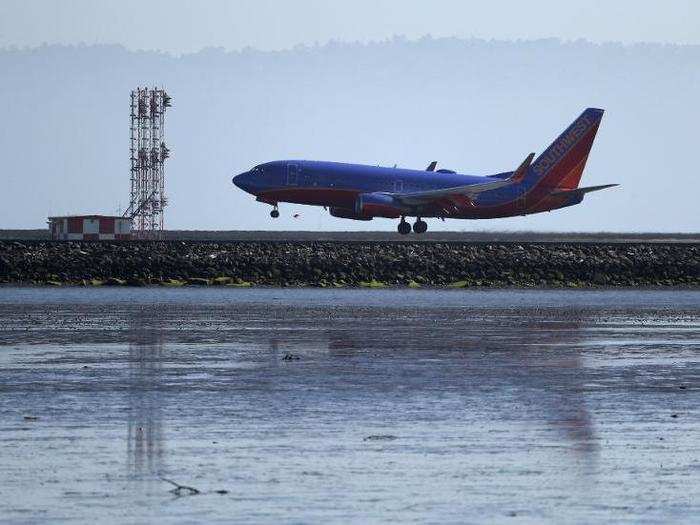
San Francisco, California may not see as much subsidence as New Orleans or Houston, but parts of the city are lowering at a considerable rate.
A 2018 study in Sciences Advances found that San Francisco International Airport and Treasure Island, an artificial land mass in the San Francisco Bay with around 3,100 residents, are sinking by up to 1 centimeter per year.
That puts the areas on track to sink up to 30 inches, or 2.6 feet, by the turn of the century. The study attributed much of this subsidence to compacted landfills and mud deposits.
In Virginia Beach, Virginia, locals say the land has sunk 12 inches in the last 50 years.
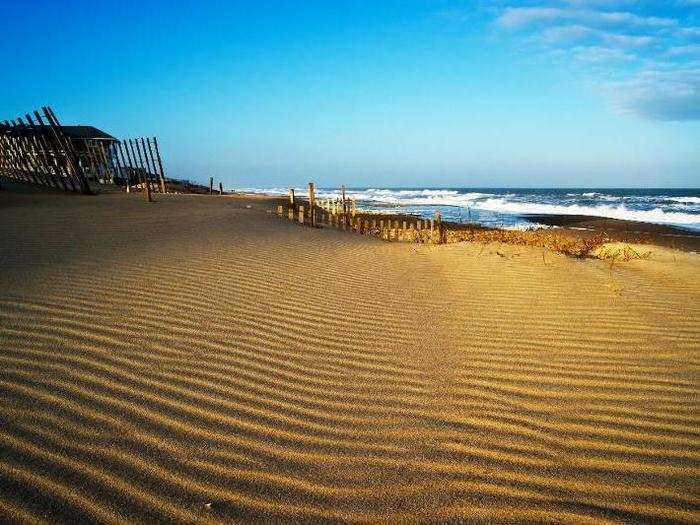
Virginia Beach suffers from groundwater loss, but it's also the victim of a phenomenon that dates back thousands of years. During the last Ice Age, billions of tons of ice put pressure on the Earth's surface, causing parts of the land to sink and others to rise. (Think about the pressure created when you lay down on a mattress or press on a balloon.)
The weight of the ice created a "forebulge" around the Chesapeake Bay that then deflated when the ice melted, forming an indent in the land. Researchers from the US Geological Survey now predict that the Chesapeake Bay region will sink by as much as half a foot by 2100.
Locals in Virginia Beach have reported that parts of the coastal city have sunk 12 inches in the last 50 years.
Scientists predict that Washington, DC, could sink by 6 or more inches in the next century.

The same "forebulge" effect is causing problems for Washington, DC.
In 2015, scientists drilled into the coastal plain of Maryland at depths of up to 100 feet. By examining hidden layers of sediment, they were able to predict that Washington, DC, could sink by 6 or more inches in the next century. The sinking could last thousands of years, according to their research.
"It's ironic that the nation's capital — the place least responsive to the dangers of climate change — is sitting in one of the worst spots it could be in terms of this land subsidence," Paul Bierman, a UVM geologist, told Science Direct.
Pamlico County, North Carolina, is sinking at a rate of 8 inches per century.
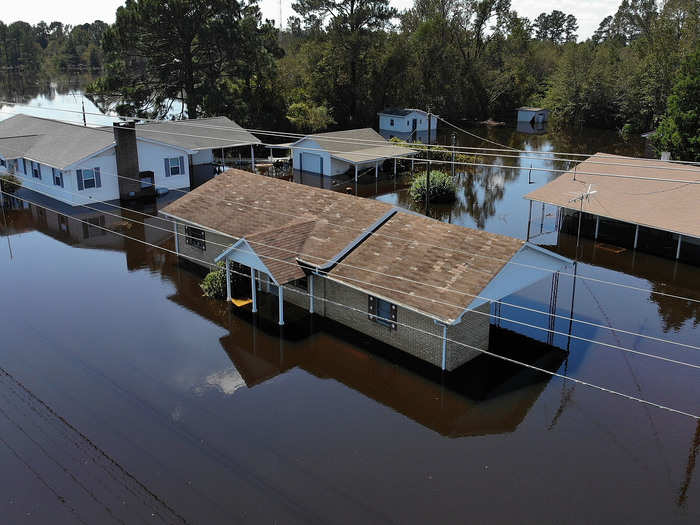
North Carolina is also witnessing the long-term effects of the last Ice Age, which has resulted in sinking along its coastal plain.
One area that's particularly vulnerable to a combination of subsidence and rising sea levels is Pamlico, a 13,000-person county located along the Bay River.
Ben Poulter, a research scientist at Duke University, told the Free Lance-Star that coastal areas like Pamlico are sinking at a rate of 8 inches per century.
Read more:
7 American cities that could disappear by 2100
Scientists say these 10 major cities could become unlivable within 80 years
Popular Right Now
Popular Keywords
Advertisement